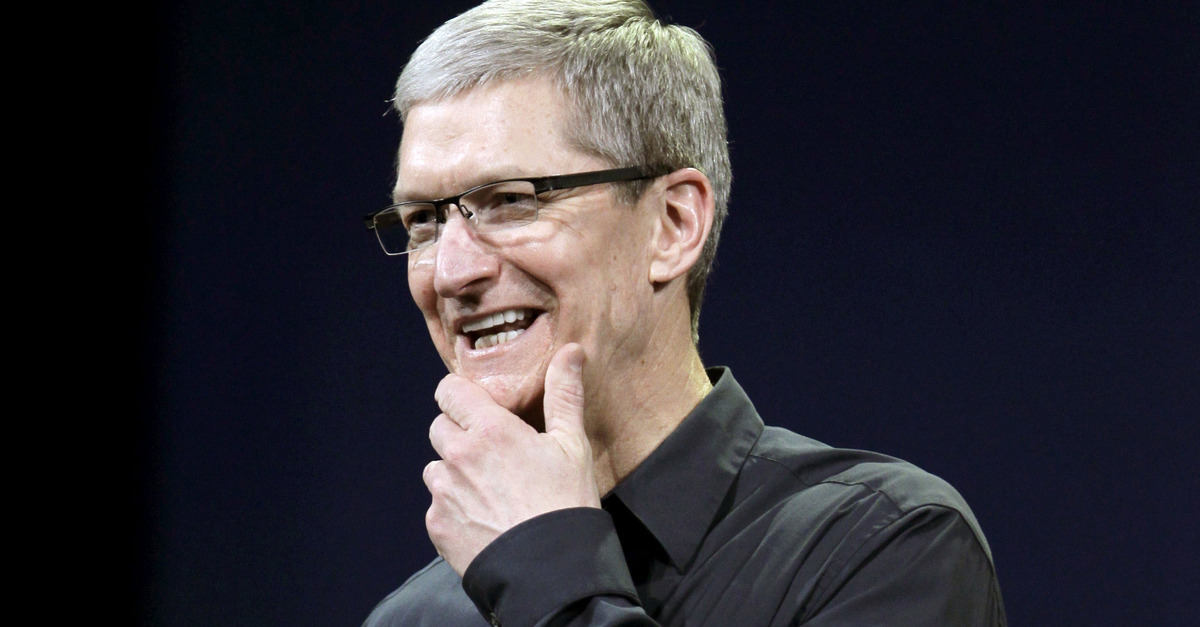Tim Cook, CEO of Apple Inc.
By Ed McLaughlin and Wyn Lydecker
Have you ever wondered how many emails CEOs get and how they manage them? Apple’s Tim Cook says he receives 700 to 800 daily and that he reads each one and answers the majority. “I’m a workaholic,” Cook revealed in an ABC News Interview in January 2014.
The Radicati Group’s Email Statistic Report revealed that more than 190 billion emails are sent and received worldwide every day. The report also showed that the average office worker gets over 100 emails daily. That number is expected to grow by 4% per year. CEOs, however, receive even more.
Email Time Management Tips from Top CEOs
While many people complain about the deluge of emails, several top CEOs say that spending time on emails is not a waste of time. In fact, emails can become effective management tools.
- Jeff Bezos, CEO of Amazon, is known for reading emails from customers. Jimmy Wales, the founder of Wikipedia, said, “Jeff tells everyone that if you email him, you’ll get an answer either within 10 minutes, or never.” Bezos sometimes forwards customer emails to his managers within Amazon with a single question mark. A Bloomberg Businessweek article revealed, “When Amazon employees get a Bezos question mark email, they react as though they’ve discovered a ticking bomb. They’ve typically got a few hours to solve whatever issue the CEO has flagged and prepare a thorough explanation for how it occurred, a response that will be reviewed by a succession of managers before the answer is presented to Bezos himself.” This practice ensures that Bezos stays in touch with consumers and also with his employees.
- Richard Branson, Founder of Virgin Group, also does not let emails overwhelm him, although he receives up to 400 daily emails. He goes through them personally and will answer some himself. He uses his assistants to help him answer emails, while delegating the rest to the appropriate people in his organization.
- Eric Schmidt, the executive chairman of Google, has two acronyms he follows religiously for managing and sending email – O.H.I.O. and L.I.F.O.. H.I.O.stands for “Only Hold It Once.” In his book, How Google Works, Schmidt explains that if you see an email that takes less than two minutes to respond to, respond immediately. L.I.F.O. stands for “Last In First Out.” That means handling newer emails first. He says this works for him because the older stuff usually gets taken care of by someone else. More tips appear in this Time magazine article.
LinkedIn’s Jeff Weiner’s Seven Laws of Email
Jeff Weiner, CEO of LinkedIn, has a thorough list of email management tips that he calls “laws.” Weiner said that once he set up the laws and followed them that emails began to “play an essential role” in his daily routine. In an article on HubSpot’s Sidekick, Scout Tousley listed and expanded upon Weiner’s “Seven Laws of Email.”
- To get less email, send less email
- Mark as unread, to create an Inbox to-do list
- Establish a daily routine to avoid Inbox overload
- Be precise in your words to avoid multiple emails
- Know when to CC/BCC/To the recipients
- Acknowledge receipt of email
- Controversial conversations belong in person, not email
Lincoln and Email
Weiner’s 7th Law may be the most important: Take the controversial conversations off line. Discuss them in person. Tousley goes further and advises readers to never send an angry email. Rather do what Abraham Lincoln did when dealing with a particularly vexing situation. Sit down and write your angry letter. Then, do not send it. This practice let Lincoln vent without hurting anyone. He put his angry letters in a pile and instead sent encouragement. He is known as one of the most effective leaders we have ever had.
Have a Methodology
The key to handling email effectively and efficiently is to have a methodology, a routine, and discipline. As Weiner said, it just took setting up the rules and following them. What have you learned about managing emails? What is your favorite methodology? Please share your thoughts and your challenges with us via email: Ed@ThePurposeIsProfit.com.
Ed Mclaughlin is currently co-writing the book, The Purpose Is Profit: The Truth about Starting and Building Your Own Business, with Wyn Lydecker and Paul McLaughlin.
They are currently offering a complimentary eCopy of The Startup Roadmap: 21 Steps to Profitability here.
Copyright © 2015 by Ed McLaughlin All rights reserved





Leave A Comment